Perseid Meteor Shower: Lighting Up The Night Sky
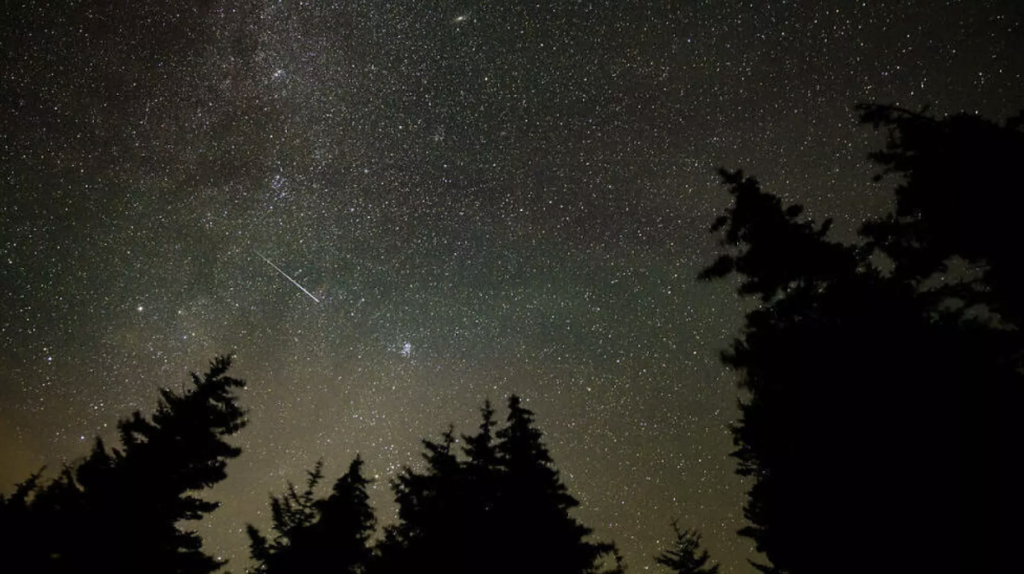
Soon, hundreds of meteors will visit our planet, streaking across the dark and lighting up our night skies. The Perseid meteor shower is one of the year’s best meteor showers, being the most plentiful and easiest to observe.
What exactly is Perseids?
The Perseids is a meteor shower that greets us yearly, showering our planet with hundreds of meteors, and helping create incredible streaks across our skies.
The meteors originate from a stream of debris, known as the Perseid Cloud, that stretches along the orbit of a comet called Swift-Tuttle. As the comet marches along in its 133-year-long orbit, it leaves behind a trail of particles and materials. Each year, the Earth’s orbit intersects with the orbit of Swift-Tuttle, causing the Earth to pass directly through the cloud of debris. This causes the debris to collide with Earth’s atmosphere and create amazing meteor showers.
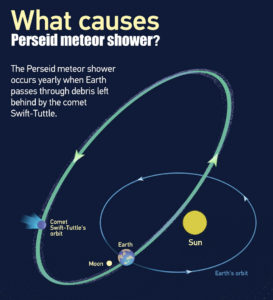
Where is the best time to view the Perseids?
This year the Perseids will be active between July 14th and August 24, 2024. However, the peak will occur between the night of August 12th and the early morning hours of August 13th. The Moon that night will be around 50% luminosity, however, will set at midnight meaning better, darker skies for observing.
Where can I see the Perseid?
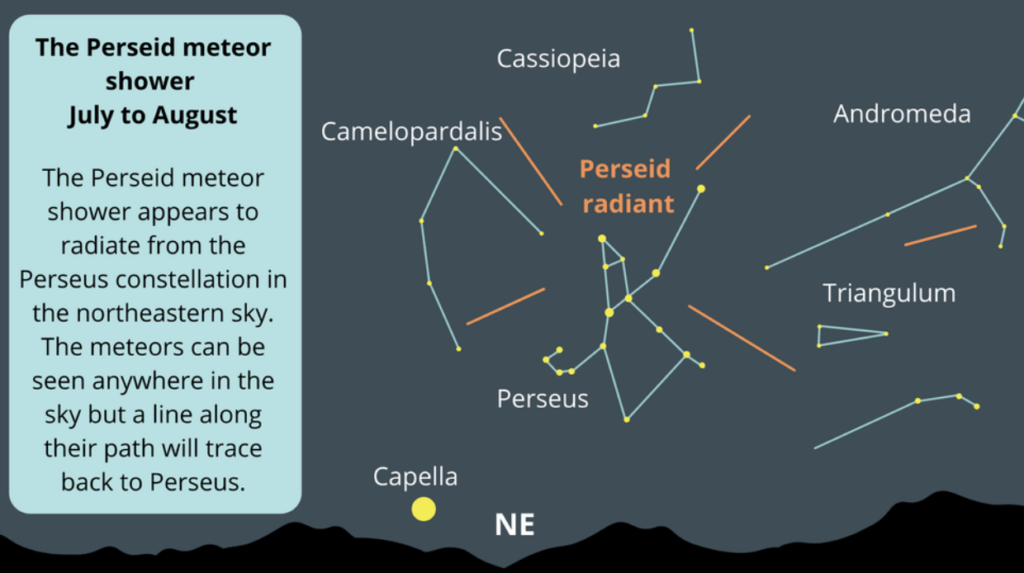
When a meteor shower occurs, it doesn’t usually cover the entire night sky, instead, it originates from a specific constellation. The point in the sky where a meteor shower appears to come from is known as the “radiant.” The radiant for the Perseids is the constellation Perseus, where the meteor shower gets its name from. Due to the radiant lying within Perseus, this meteor shower can only be seen in the Northern Hemisphere.
A star hopping method to finding Perseus is by using the constellation Cassiopeia.
To find the constellation Cassiopeia begin by using the famous Big Dipper. Once the Big Dipper has been located, head to the star at the tip of the spoon and move at about a 45-degree angle. From there you will find the star Polaris, also known as the North Star. There is a common misconception that the North Star is the brightest in the night sky, however, that is not true. Polaris instead is the brightest in its small area. Now Polaris is a part of the Little Dipper constellation.
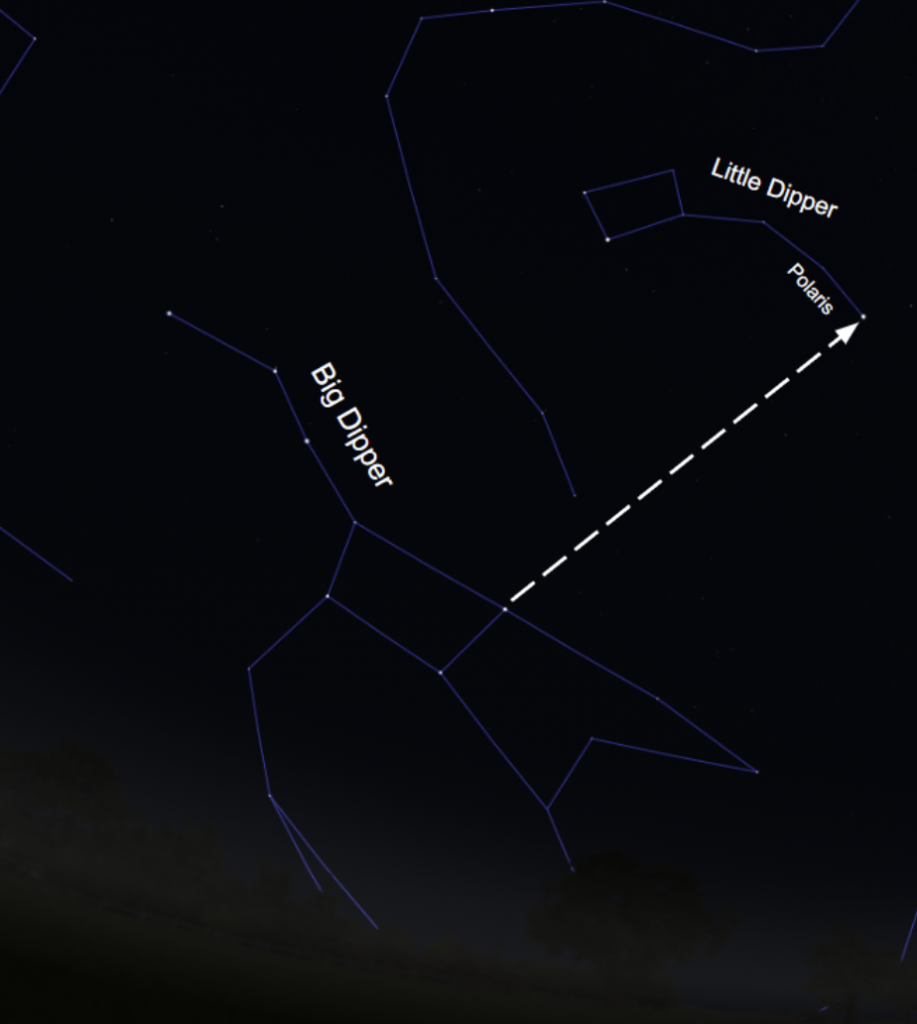
Using the Little Dipper we can now find the constellation Cassiopeia. Using Polaris, if you make a straight line across the sky, you will find one of the first stars of the constellation. Cassiopeia is a very distinct W-shaped constellation within the night sky.
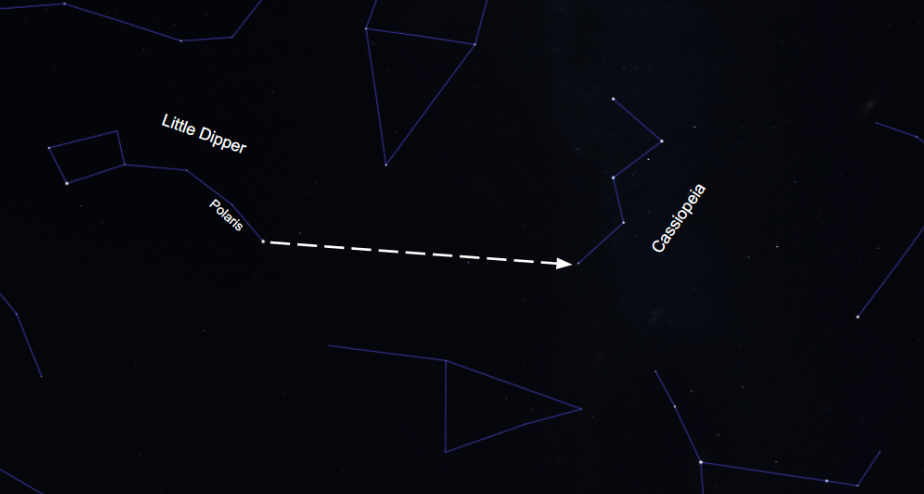
Within Cassiopeia, you will notice two V’s, one being shallow and one being deeper. Using the shallow V, create a connection between the lowest point and the outer star to create a line, this will point towards the constellation Perseus, which is where the Perseid meteor will appear to come from.
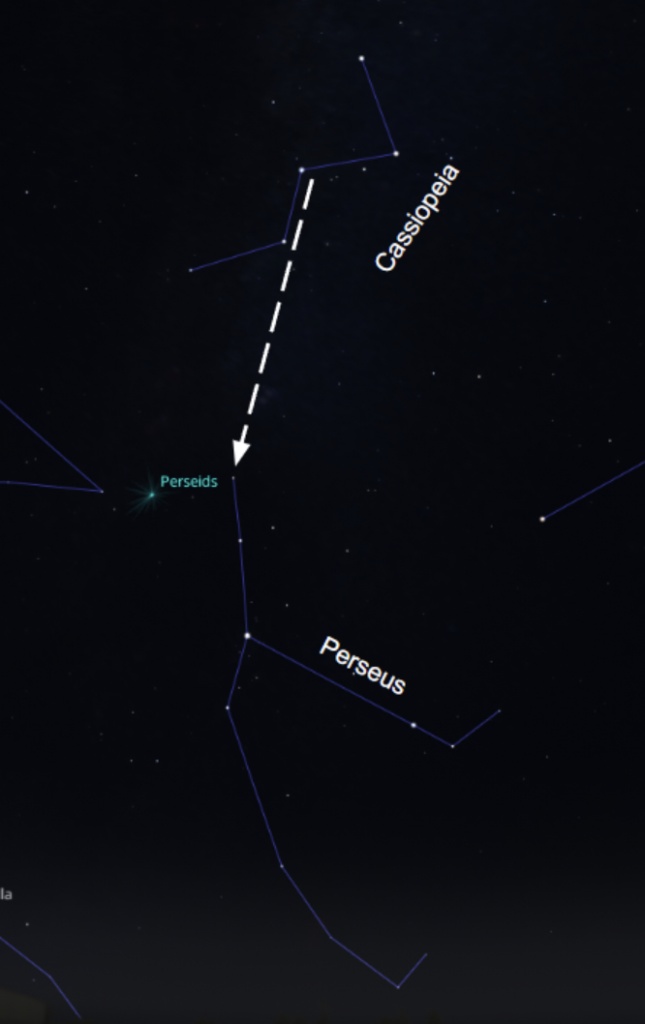
With this information in mind, feel free to head out and observe the wonderful streaking lights of meteors raining across the night sky.
Join us in Hailey, Idaho for a Perseid-Palooza from 9:30 PM to 11:30 PM at The Sage School. It will be a night filled with telescopes, meteors, and awe-inspiring views.
Article written by Chandler Beasley, 2024 AstroTAC member.